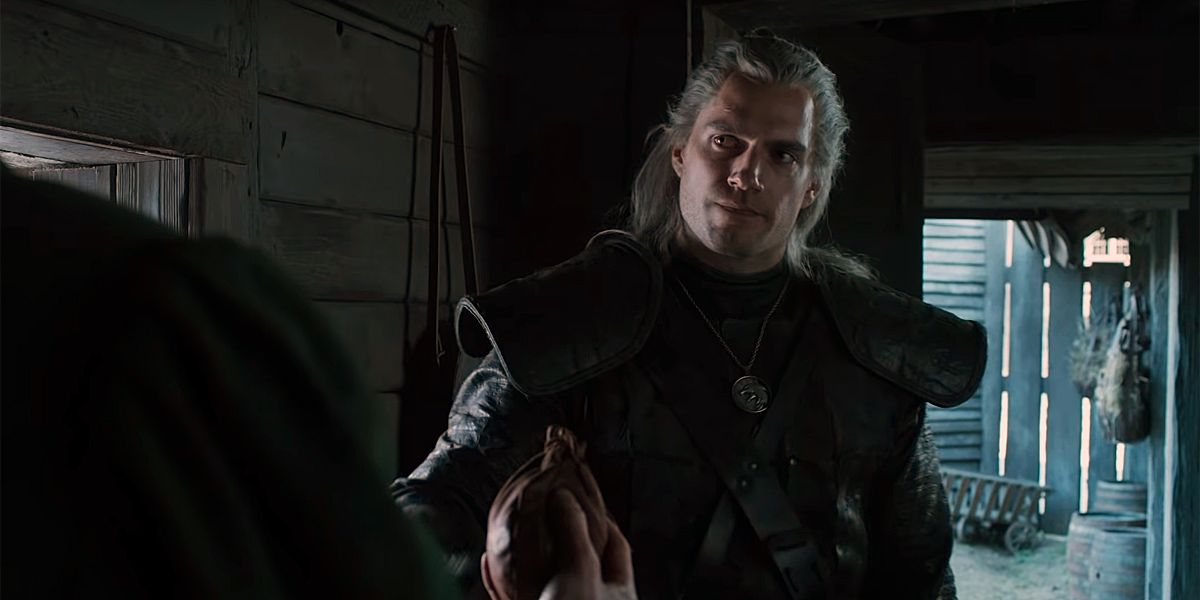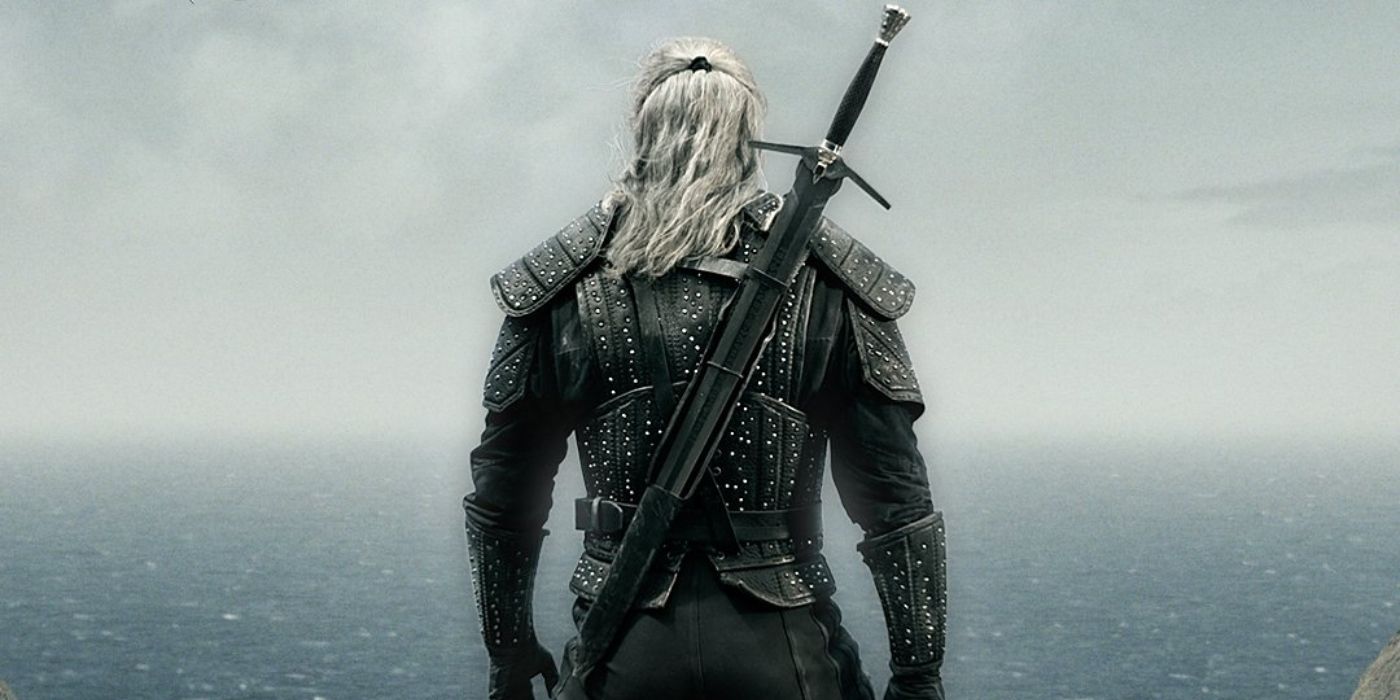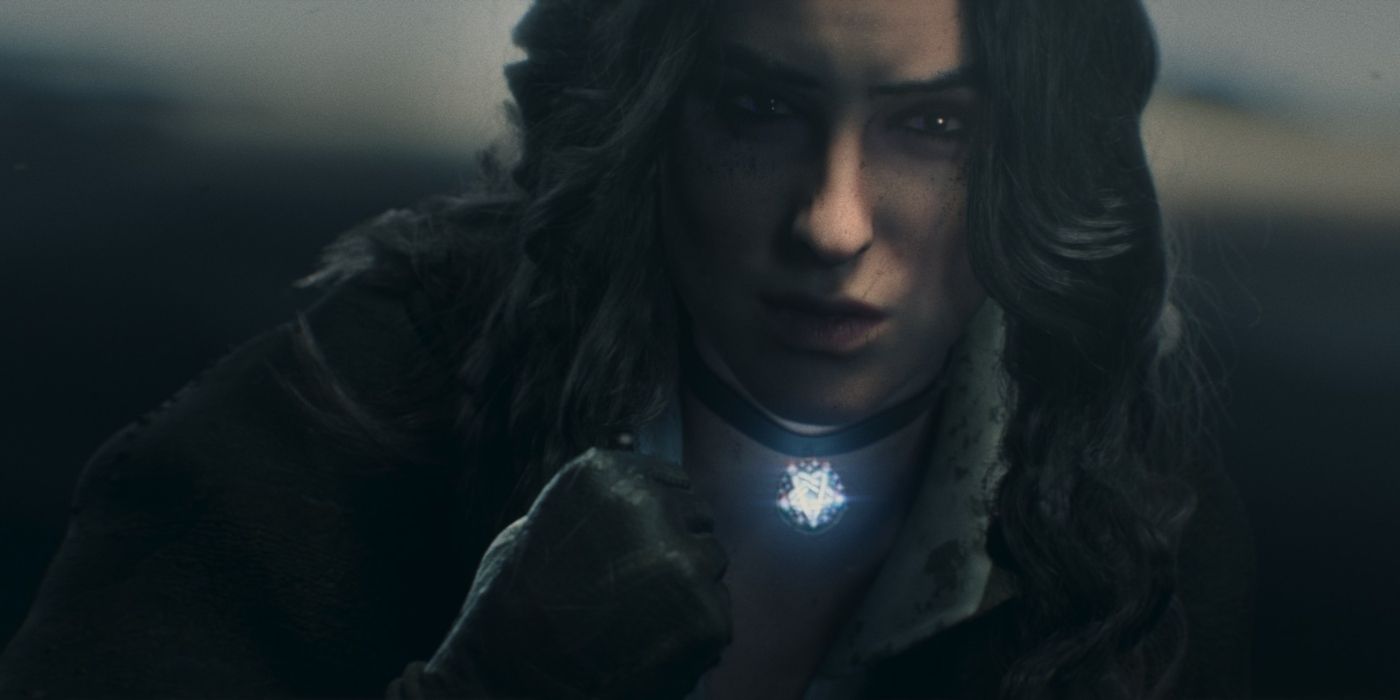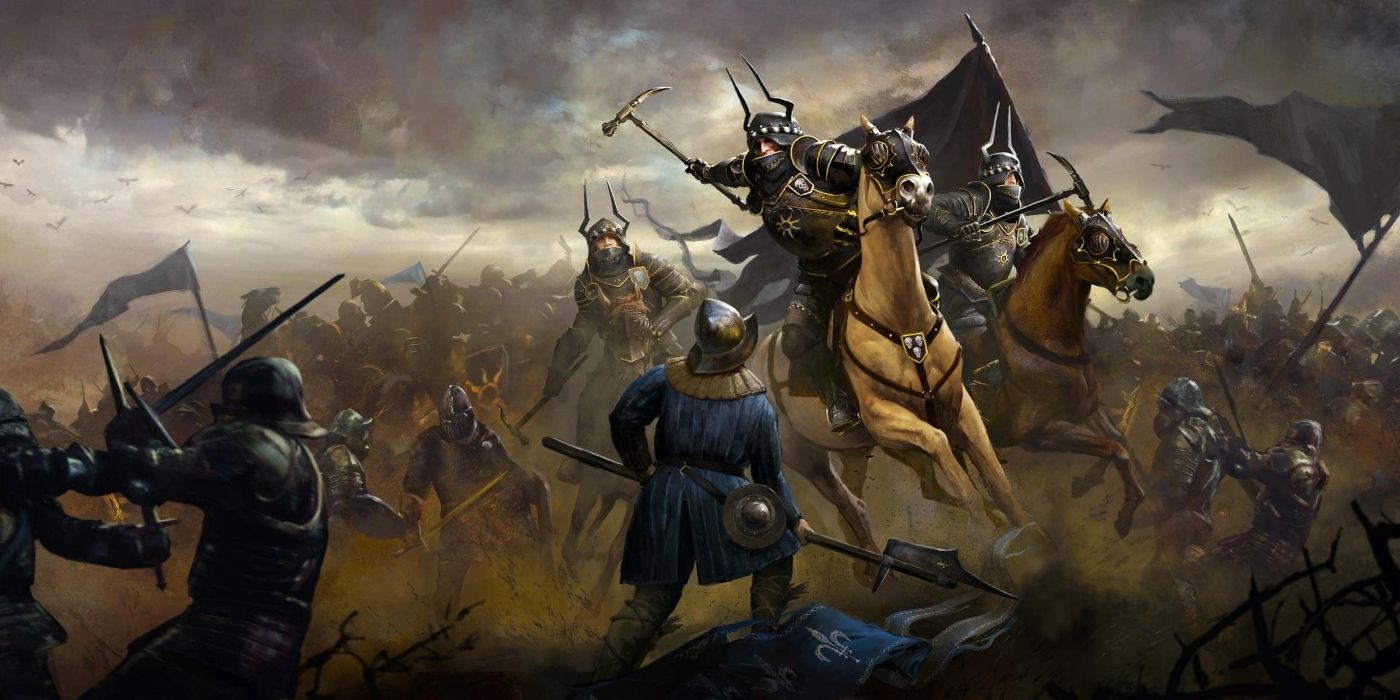After almost two years of waiting, the first real look at Netflix's adaptation of The Witcher was released Friday at Comic-Con International in San Diego. The teaser trailer packs a lot of story and action into less than two minutes, and while those unfamiliar with the franchise might find themselves a little lost, readers will recognize from the series makes an effort to capture the complex world created by author Andrzej Sapkowski in the source material.
Showrunner Lauren S. Hissrich was incredibly open early in the project's development, providing windows into the writing process and updating fans on progress, all the way until the beginning of production. Hissrich demonstrated time and again that she had done her research.
She read through all of the important novels, from The Last Wish to The Lady of the Lake, and she consulted with Sapkowski himself. Although the Netflix show isn't based on the video games, Hissrich familiarized herself with CD Projekt Red's successful series. What that means is she knows the most essential elements of the stories. The series has clearly included them, making the world of The Witcher -- as depicted in the novels -- accessible to everyone, from complete newcomers to seasoned gamers.
At the beginning of the trailer, we hear a mysterious voice say, "I remember hearing stories about witchers. Is it true what they say?" Audiences are given a sense of how the world perceives witchers. They're largely misunderstood and, therefore, not trusted. In the novels, there are plenty of rumors that shape the perception of the arcane monster hunters; there's a widespread belief that witcher mutations strip them of emotion, and that they don't act to save anyone without the promise of payment.
Gamers will already be familiar with the kind of attitudes peasants have toward witchers, but for the uninitiated, this simple line in the teaser should be enough to provide them with a sense of the mystery that surrounds Geralt of Rivia and those like him.
Readers will know it isn't only witchers who are met with fear and suspicion; it's anything and anyone that strays from the idea of humanity. Sorcerers, for example, fall neatly into that category. These masters of magic use their power to break through the limits of mortality. Yennefer of Vengerberg, who appears in the trailer, is introduced with numerou physical deformities, only to reappear later as a beautiful sorceress.
The novels never really explore Yennefer's backstory, but it's hinted that, in a previous life, she was a hunchback. It speaks to the way sorcerers and sorceresses measure power. As they progress in their training, they're rewarded with small transformations, many of which are purely aesthetic. The most powerful sorceresses therefore possess unmatched beauty. Their immortality, as well as their practices, do little to garner any kind of trust or admiration from the people of The Continent.
Hissrich's decision to include Yennefer's background may take from other stories, but it's important that viewers understand what the lives of these sorceresses are like. The novels and the video games hint at those stories, but never explore them, which may give others the impression that the sorceresses -- all of which are shown to be inhumanly perfect -- were created for superficial reasons. Like the teaser shows, the transformations aren't at all easy to attain.
Witchers and magic users are the most mild examples of distrusted beings. In Sapkowski's world, there is open conflict between humans and elves or elvish descendants, much of it violent. We hear the history of the conflict briefly explained in the trailer, "elves are the original sorcerers of The Continent. When humans and monsters arrived, elves taught humans how to turn chaos into magic ... and then the humans slaughtered them."
Fans will already know this story: Referred to as the Aen Seidhe, the elves arrived on The Continent long before the cataclysmic, inter-dimensional event known as the Conjunction of the Spheres, stranded humans on it. Centuries later, the elves face persecution and struggle against total annihilation in the Northern Kingdoms, which is why many of those remaining have fled to south, into the Nilfgaardian Empire, where they are accepted.
Speaking of which, the teaser also showcases the escalating war between the Nilfgaardians and the Northern Kingdoms. We see Queen Calanthe of Cintra standing in the middle of a battlefield, watching as a wave of soldiers dressed in black descend from a distant hill. "Nilfgaard are here." We even see them riding through Cintra, massacring its people, as they did in the novels during the Northern War.
Now, there's a lot to be said about the war between the Northern Kingdoms and Nilgaard, but for the sake of simplicity, we'll focus on what's likely to be shown in the series and what it means for the main characters.
The Nilfgaardian Empire is the most powerful empire that ever existed on The Continent and its reach continues to extend toward the farthest corners of the map. It's that conquest that shapes much of the story in the novels by pushing Ciri into Geralt's life and forcing the witcher into political struggles, regardless of his attempts at resisting involvement.
A lot of hard work went into this and it shows, even in a clip as brief as the teaser. Netflix's upcoming series might appear to differ from what anyone might have imagined, but as we've shown, it has succeeded in capturing the most exciting parts of Geralt and Ciri's story, even without the grotesque monsters that everyone expects to see.




